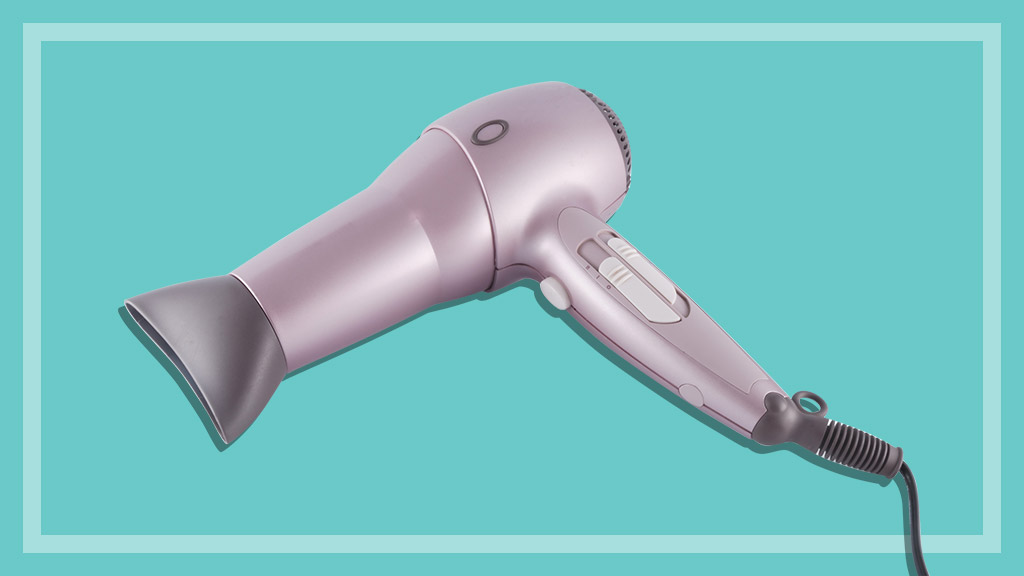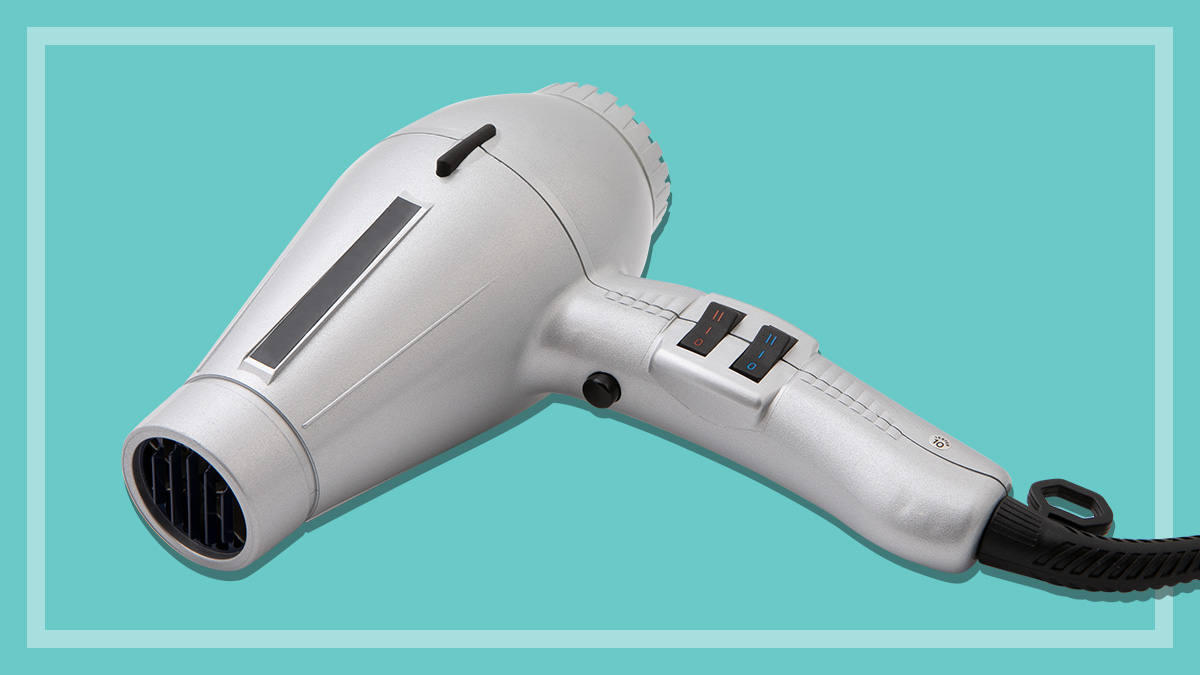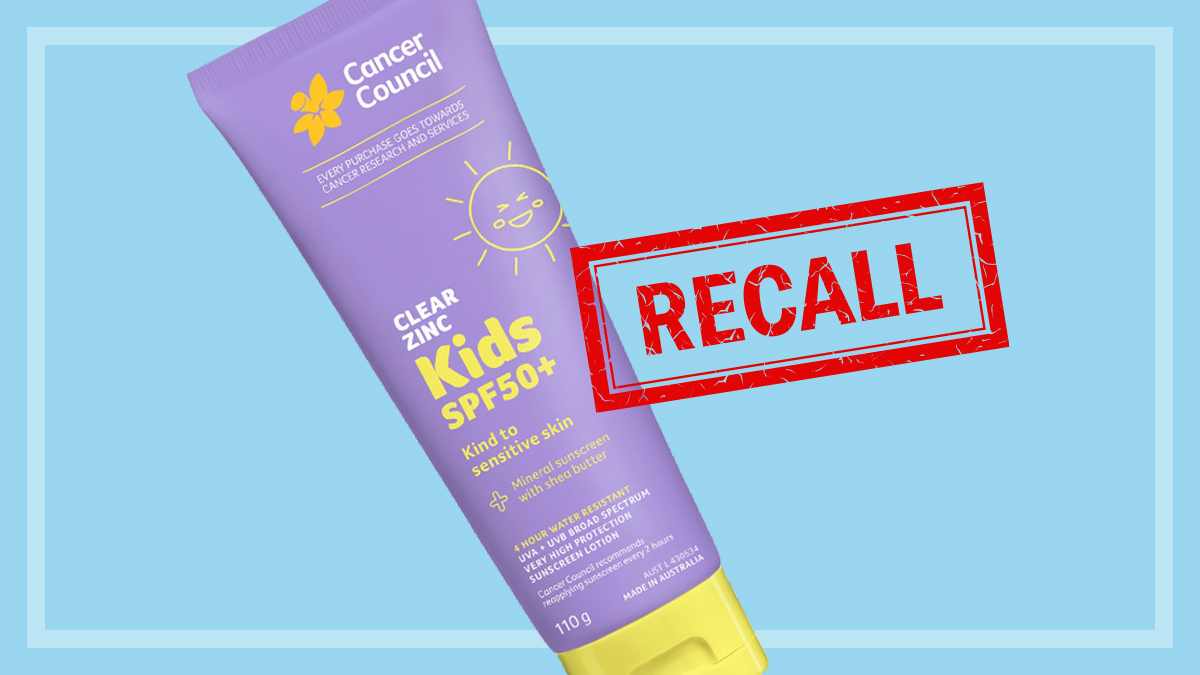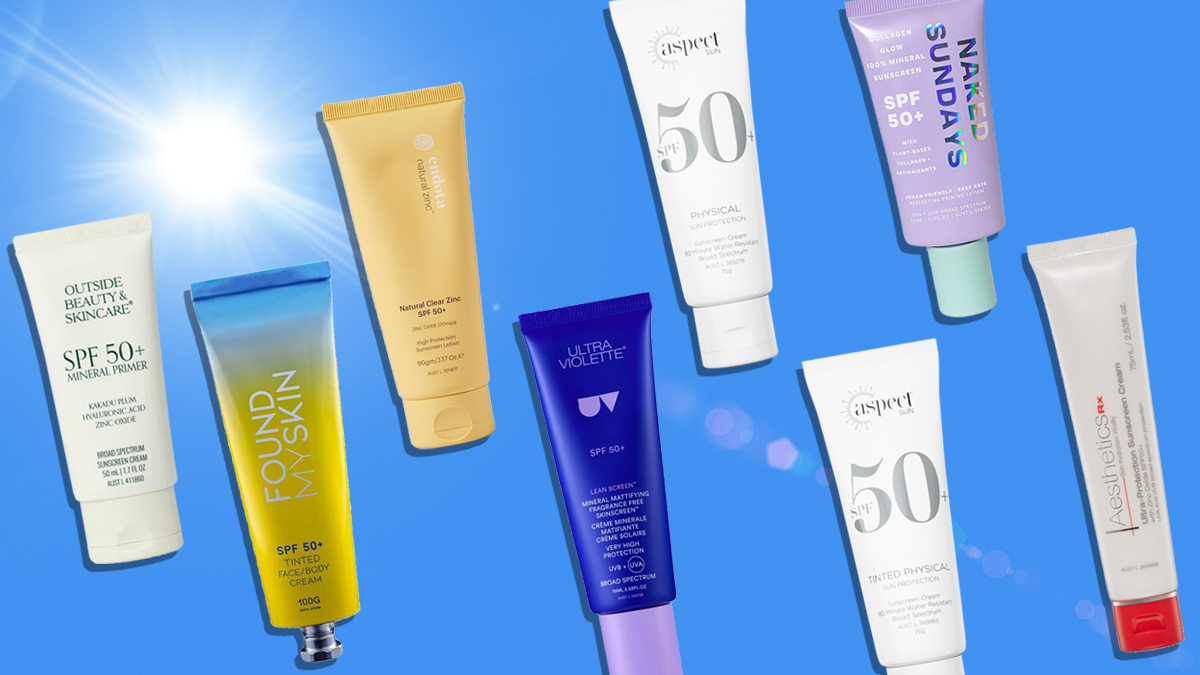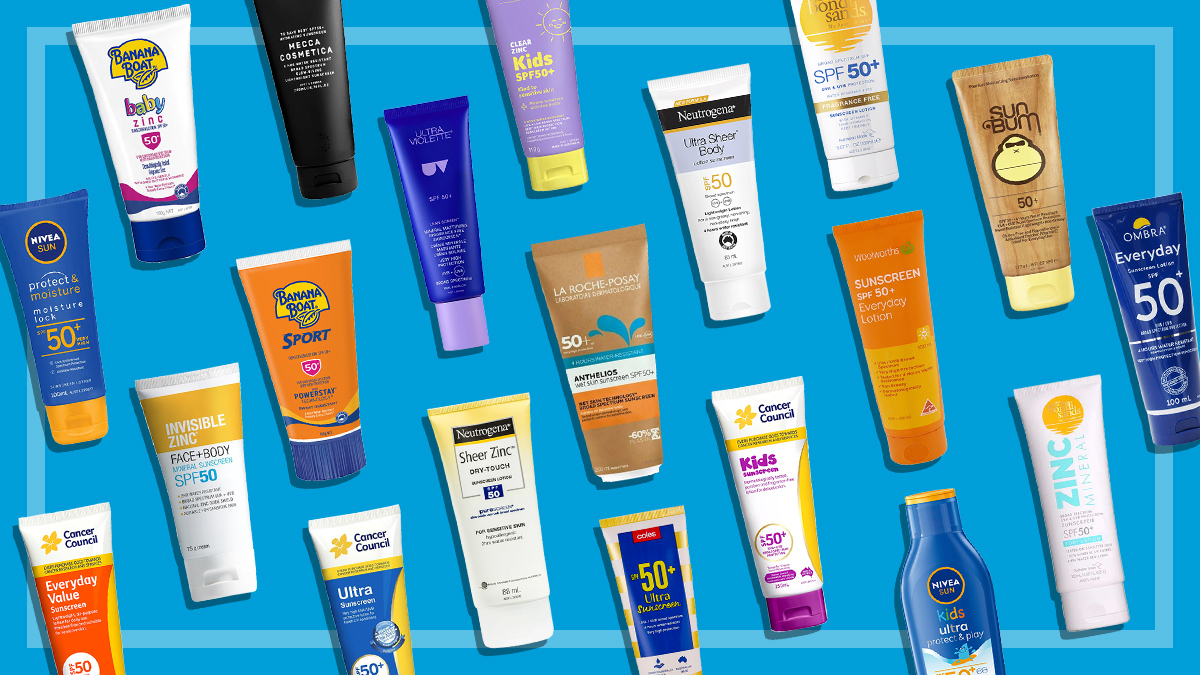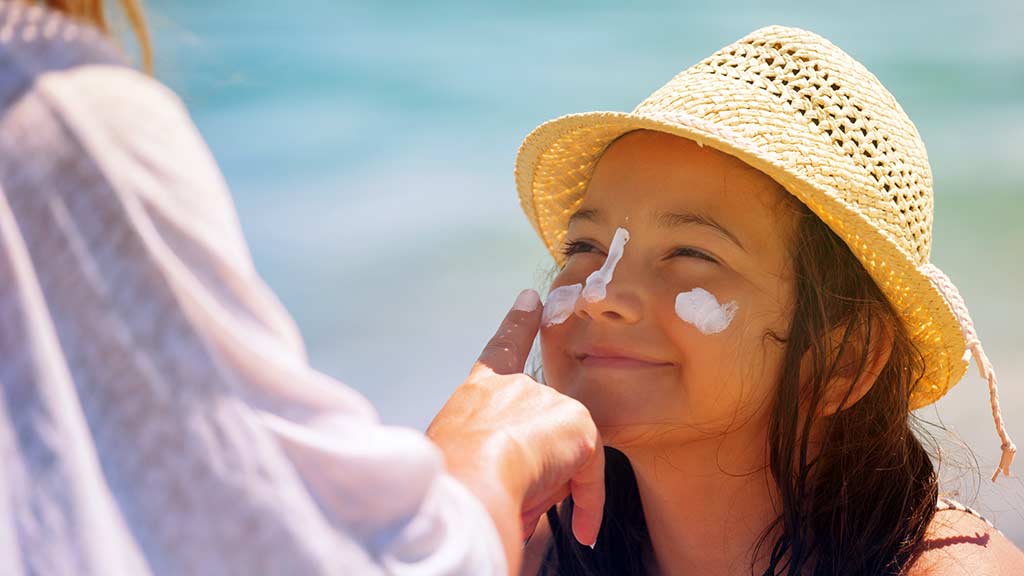Get our independent lab tests, expert reviews and honest advice.
How we test hair dryers
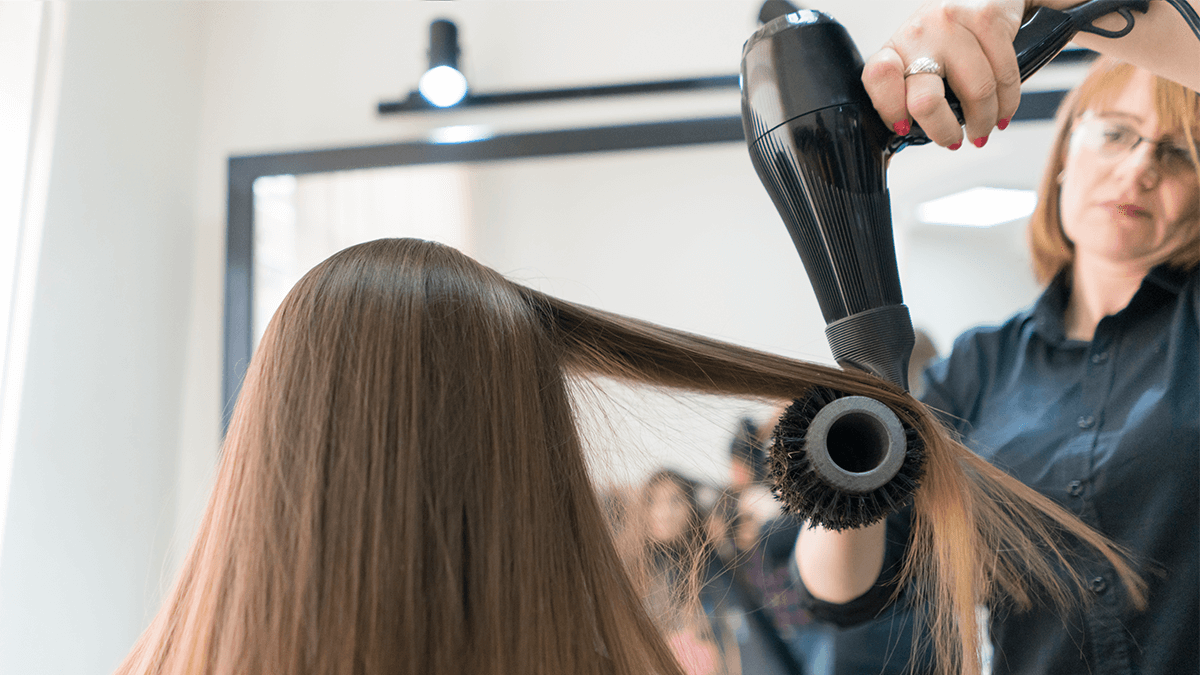
A good hair dryer should leave you with healthy, soft, smooth and shiny hair, while a less than desirable product one leave your hair feeling dry, frizzy and lifeless. Whether you buy one from a department store or salon supplier, many come with features that promise a professional result. But can they deliver the goods?
On this page:
- How we choose what we test
- How we test hair dryers
- Test criteria explained
- Electrical safety assessment
- Our test lab
We put a range of hair dryers through performance testing in the CHOICE labs and in a salon to give you an idea of how easy they are to use and how well they work.
How we choose what we test
With so many to choose from, what makes us choose one hair dryer to test over another? As with most of our product testing, our aim is to test the most popular models on the market, and what you’re most likely to find in stores.
We survey manufacturers to find out about their range of models. We also check market sales information, and we consider member requests to test specific models. From this information we put together a final list that goes to our buyers.
They then head out to the retailers and purchase each product, just as a regular consumer would. We do this so we can be sure the product tested is the same as any consumer would find it, and not ‘tweaked’ in any way for better performance.
How we test hair dryers
Performance
We test the performance of hair dryers in our in-house lab by assessing the following.
Drying rate: We measure how quickly each hair dryer will dry your hair. To do this, we position and direct each dryer 15cm away from a moist cloth, run them for 60 seconds, then weigh the cloth to determine how much moisture has been dried out of it.
We repeat this test on the lowest and highest settings, three times each for a total of six drying rate tests per dryer.
Airflow speed: We measure the airflow speeds at the lowest and highest settings, 15cm from the front of the air outlet.
Temperature range: We measure the temperature at the lowest fan speed, lowest heat setting, and then at the highest fan speed, highest heat setting, 15cm from the front of the air outlet.
Noise level and annoyance volume in decibels (dBA): We record at distances of 15, 30 and 100 centimetres and the results are then averaged out. A panel of three experts listens to each dryer to determine which ones produce an annoying sound during use. Pitch and volume are assessed, scored and commented on. We also publish noise measurements at 15cm in decibels.
Drop test: This is a pass/fail assessment. Each hair dryer is dropped four times onto vinyl flooring affixed to a concrete slab from a distance of one metre. Models that remain intact and operational, or can be easily reassembled and remain operational (e.g. clipping the body back into place), receive a pass.
Ease of use
This covers the set-up and general operation of each hair dryer. We assess the thoroughness of each manual followed by ease of holding, ease of reading and understanding the labels, ease of operating controls and attaching/removing concentrator nozzles included with each hair dryer.
Expert salon assessment
A professional hairdresser assesses each hair dryer in a salon environment with human hair that’s below shoulder length, soft wave and medium texture. Scores and comments are provided in response to the following questions:
- How comfortable was the hair dryer to hold? Consider the dyer’s weight, balance, grip and the placement of the controls.
- How easy was it to use the controls? Consider whether they were intuitive or if you needed to refer to the user manual.
- How well did it dry the hair?
- Was it able to produce a combination of air speed and temperature that you were happy with?
- How useful did you find the concentrator attachment(s) and how easy are they to attach and detach?
- Are there any other general comments you have about the dryer?
This is not a blind trial. The salon expert is aware of the brands and models.
Test criteria explained
The CHOICE Expert Rating, our overall score that determines which products we recommend, is made up of the following scores:
- performance (45%)
- ease of use (30%)
- salon expert assessment (25%).
Performance consists of scores for:
- drying rate (50%)
- temperature range (25%)
- airflow speed range (20%)
- noise (average of measured volume and noise annoyance) (5%).
Weightings are in brackets.
Electrical safety assessment
We check all models for required safety markings, including a risk of electrocution tag on the power lead and the Regulatory Compliance Mark (RCM). The latter certifies that a hair dryer has passed the safety requirements to be sold in Australia.
Relevant Australian standards: AS/NZS 60335.1 clause 7.1, AS/NZS 60335.2.23 clause 7.301.
Our test lab
Our test laboratory is up to date with the latest reference machines and calibrated measurement tools for our testers to bring you accurate results.

